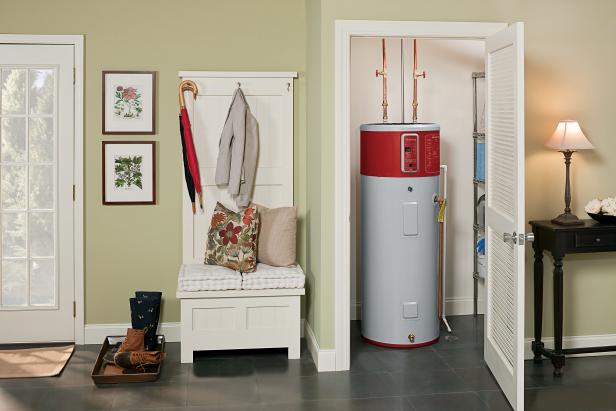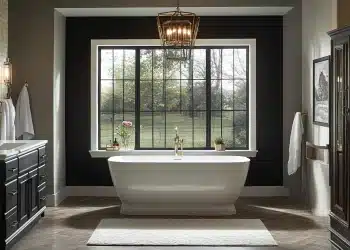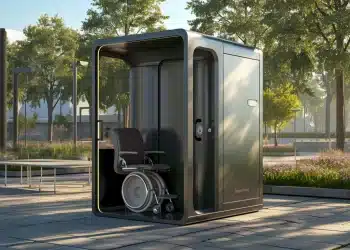The water heater is an important domestic home equipment and it could only make more sense when you already know the guides regular maintenance which must be conducted. This article will focus more on the general installation of a water heater repair in the house and safety precautions to be taken so that there wouldn’t be an issue with the water heater and risk of putting your household or neighborhood in danger.
Where should a water heater be placed in the house?
Before considering an installation of a water heater, a person must know the types of water heater and choices available at his disposal. The two major water heater are traditional tanked water heater and Tankless water heater. The traditional water heater is an old system heater while the tankless is the modern or latest water heater.
A traditional water heater is big and can take a lot of space. As a result of this, it is mostly found in the garage at home, basement, and attic. These are the best areas it can be placed. For some homes that require 2 or more heaters, one heater can be placed in the basement and the other heater at the garage.
The tankless water heater is smaller in size compared to the traditional water and a person could have the advantage of placing it in the main house. Tankless water heater could be placed under the sinks, in the closets, under the stairs, the pantries and of course in the bathroom.
The tankless water heater is preferably the best to be installed because it saves cost, it is energy efficient and it is sizable for a household.
The fact that a tankless water heater can be placed inside the house doesn’t mean it cannot also be placed in the locations of the traditional water heater. It is recommended that it should be placed in such locations to be safer.
The right water heater for your household.
The factor that determines how big of a water heater a person needs will depend largely on the size of the person’s family. The sample guide below will make you determine how big you want your water heater size to be.
– Family of 1-2: 30-gallon heater.
– Family of 2-3: 40-gallon heater.
– Family of 3-4: 40-50 gallon heater.
– Family of 5 and above: 50-80 gallon heater.
Can a water heater be placed on the ground?
The water heater has codes and regulations that require how it should be placed, the regulation varies in different states and a person must follow the regulations applicable to his local environment.
The purpose of distance minimum requirements for the water heater installation is for safety. Generally, the minimum distance requirements intend to prevent fires and explosion in instances where highly flammable substance is spilled on the floor close to the heater.
The distance minimum requirements apply only to the gas unit because the gas unit has a flaming and lighting mechanism.
The uniform plumbing code which is a standard code requires that all flame or sparking mechanisms in a gas water heater must be placed 18 inches above the ground. The application of this code implies that only the flaming or spark mechanism component(which is a part of the water heater) should be at a particular distance above the ground, the code is not concerned about the distance between the bottom of the water heater and the ground.
However, the latest models of gas water heater eliminates the need for a space between the ground and the flaming mechanism because the combustion chambers have been sealed. Although, the code on minimum distance still applies to them because the codes have not been modified for the new technology.
Things to be installed with the water heater.
There are other things that should be installed with the water heater for more efficiency and to avoid the risk of the water heater being damaged at an early stage. They include the following:
1. The expansion tank
This mostly occurs in situations where the plumbing system is closed and the main water supply is blocked. When the water gets heated and expand, it will cause a rise in water pressure because there is nowhere the increased pressure can go. It will place more stress on the water heater and this shortens the life of the water heater. The expansion tank will provide relief and reduce excess water pressure. This will protect your home from unanticipated danger.
2. Water pressure regulator.
This regulates the water pressure. It is strongly recommended that a pressure regulating valve is installed if the water pressure is above 80 PSI(population density). The water pressure goes up as the population density increases and a high water pressure could potentially damage the plumbing and the water heater.
3. Pans and drains
A drip pan with a drain line beneath the water heater should be installed. A leak could cause a lot of water damage but the pans and drains eliminate the possibility.
4. A dedicated water shut-off
Once you install a dedicated water shut-off to your water heater, you will be able to turn on and turn off the water to your heater. Here, you can easily turn off the water at your convenience anytime you want to service the water heater or perform maintenance.
5. Earthquake straps
The earthquake straps ensures safety at the occurrence of any disaster. The straps should be installed at the top and bottom third of the water heater.
Conclusion.
The decision to install a water heater at home is very important because many factors must be considered including the location of where it should be installed. The right guide will put you through the installation without any issue. It should be noted that every water heater regardless of the type has a guide that contains relevant information on the household size and the best use.
Hey, Just one more thing, We’re actively looking for expert to contribute to home improvement guest post submission, If you’re Interested, Please contact us!








